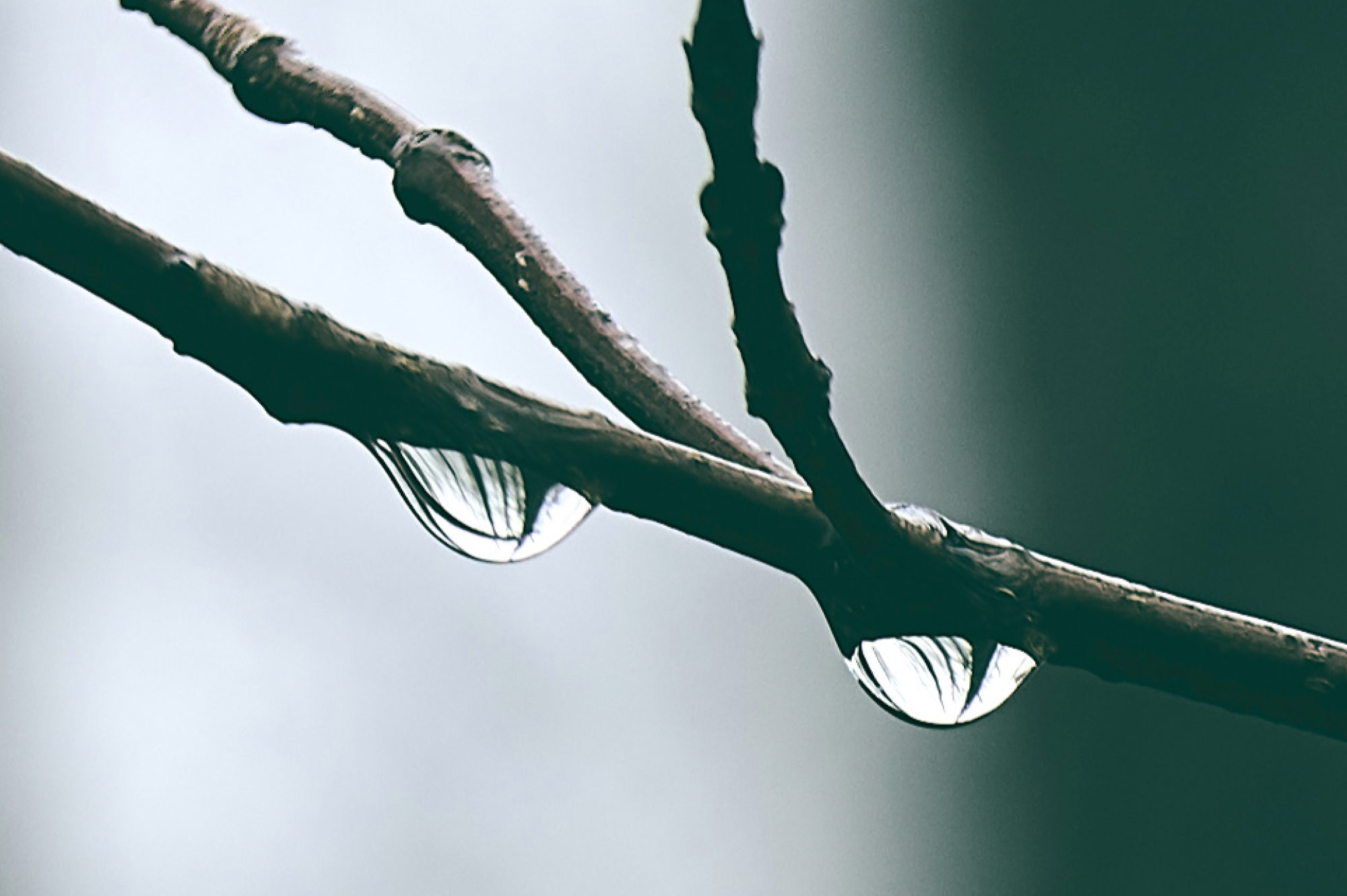Believe it or not, it took me 20-30 shots before I got this just right. I wanted to make sure that the one light behind the post was centrally located or at least close. Rangefinder cameras currently don’t allow for live viewing and when looking through the viewfinder, you are not looking through the lens. Because of this, you have to move very slowly either left or right to get the image where you want it (I enjoy the challenge).
I used my Leica 50mm noctilux and neutral density filter for the shot. I then used Nik Color Efex to add the ambient colors. The depth of field is not artificially created (bokeh). You can thank the noctilux and it’s ability to shoot at f.95 for that.
ISO 160 1/4000’s f.95 50mm noctilux























